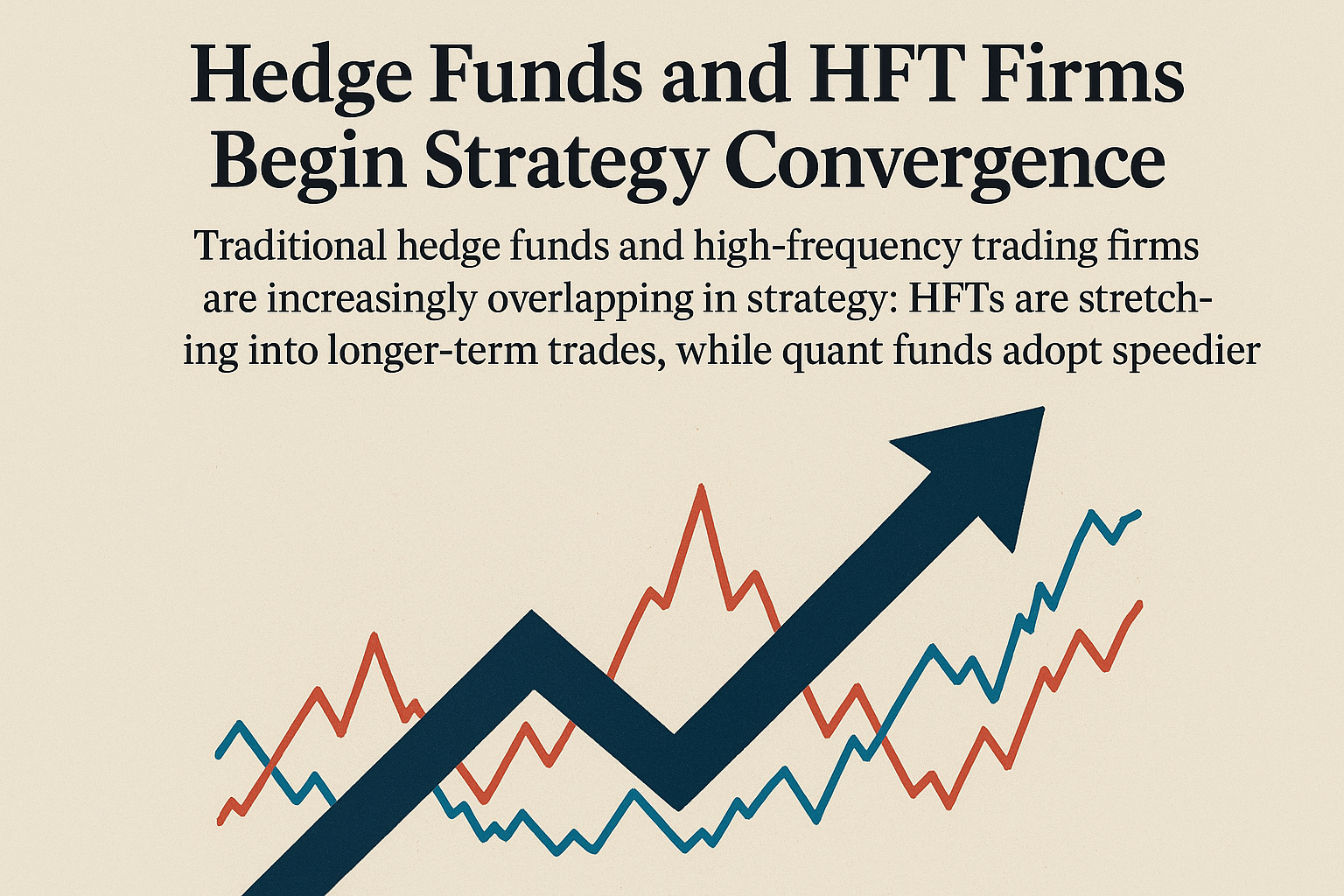Bitcoin, the world’s leading cryptocurrency, has surged by 5.5%, reaching $64,327 today. This growth is not a simple market fluctuation but rather the result of a combination of factors, from the anticipation surrounding the next Bitcoin halving to current market conditions like low deposit levels. As we dive into these elements, we gain a clearer understanding of why Bitcoin is once again capturing investor attention and paving its way to potential new highs.
The Halving Effect: What it Means for Bitcoin Supply and Demand
One of Bitcoin’s most unique features is its fixed supply of 21 million coins. To control this supply, Bitcoin’s code includes a halving event every four years, where miner rewards per block mined are cut in half. Expected around mid-2024, the next halving will reduce the current block reward from 6.25 BTC to 3.125 BTC. Historically, Bitcoin halvings have created supply shocks that, in turn, influence demand and boost Bitcoin’s value over time.
As Bitcoin mining rewards decrease, fewer new Bitcoins enter the market, increasing scarcity—a concept fundamental to Bitcoin’s design. With reduced rewards, miners may have less incentive to sell immediately, potentially holding onto their coins in expectation of higher prices post-halving. This supply restriction often primes Bitcoin for significant appreciation, as demand, especially from institutional investors, continues to rise.
Market Dynamics: Low Deposit Levels and Supply Constraints
Low deposit levels on crypto exchanges have also played a pivotal role in Bitcoin’s recent price surge. When fewer coins are deposited into exchanges, the circulating supply available for trading shrinks, creating a scarcity effect. Currently, deposits are at a low, meaning that fewer holders are willing to sell at the present price. This has led to a tighter supply on exchanges, a condition that can drive prices upward as buyers compete for limited quantities.
This low supply on exchanges is amplified by the increasing interest from institutions, who often buy large amounts to hold for long-term gains. Companies like MicroStrategy, for instance, have consistently added Bitcoin to their balance sheets, reducing overall liquidity in the market. The balance of decreasing supply and steady demand creates a competitive buying environment, allowing Bitcoin’s price to rise with each new surge of interest.
Institutional and Retail Investor Confidence Continues to Build
Beyond market mechanics, confidence in Bitcoin’s long-term value proposition remains strong. Institutional investors and retail traders alike are looking to Bitcoin not just as a speculative asset but as a hedge against traditional economic uncertainties. Amid concerns about inflation and global economic pressures, Bitcoin is viewed as a decentralized, deflationary asset, appealing to those seeking protection against currency devaluation and financial instability.
The rise of Bitcoin-backed ETFs and financial products further validates Bitcoin as an asset class. These products are making Bitcoin accessible to a broader audience and bringing additional liquidity into the market. The result is a more robust market structure that encourages greater price stability and long-term growth. As confidence in Bitcoin’s market resilience grows, we can expect more interest and investments flowing in.
The Road Ahead: Factors to Watch as the Halving Approaches
With the next halving approaching, Bitcoin is entering a period that could see a repeat of past cycles. Historically, Bitcoin has followed a predictable pattern of price increases leading up to a halving event, followed by significant rallies in the months afterward. While no future price action is guaranteed, market analysts anticipate continued growth as investor anticipation builds. Many analysts suggest that Bitcoin could reach new heights, especially as it gains traction as a mainstream asset.
However, several factors could impact Bitcoin’s path to sustained growth, including regulatory developments, global economic conditions, and advancements in competing blockchain technologies. Increased regulation, especially around trading practices, may influence price volatility, and global economic shifts could either enhance or stifle demand. Still, Bitcoin’s core advantages, such as decentralization and scarcity, provide a solid foundation for growth, making it one of the most resilient assets in today’s markets.
The Potential for Bitcoin as a Long-Term Investment
Today’s 5.5% surge is more than a single-day event; it’s part of a larger narrative that underscores Bitcoin’s position as a mature financial asset. While price volatility is an inherent aspect of Bitcoin, the underlying trends—such as the halving event and supply constraints—point to sustained value growth. For investors, the lead-up to the 2024 halving presents a strategic period to consider Bitcoin, either as a long-term investment or a diversification asset against traditional market risks.
In the months ahead, Bitcoin’s price movement will be closely watched by both retail and institutional investors as they gauge how current market conditions will influence the cryptocurrency’s trajectory. As we move forward, Bitcoin’s blend of technical innovation and economic fundamentals will likely continue to attract interest and investments, securing its place in the evolving financial landscape.




